Australia is home to one of the most diverse ecosystems in the world, boasting a wide variety of plants and animals, including mammals, reptiles, birds, and insects. Unfortunately, these species are facing a growing threat from invasive plant and animal species, which threaten to displace or even destroy the native animals that many tourists and residents alike come to see.
There has been an increase in the number of invasive species in Australia and other countries worldwide. This article will look into Australia’s growing problem and some of the country’s most invasive species.

Australia’s Growing Problem
There are about 600,000 species of flora and fauna in Australia. About 100 of these have gone extinct in the previous two hundred years. Currently, more than 1,770 species are on the brink of extinction.
Australia has the world’s highest rate of vertebrate mammal extinction, and invasive species pose the number 1 greatest danger.
In central Australia, cats and foxes are responsible for the loss of 22 native animals, and a new phase of decline, caused mainly by cats, is occurring in northern Australia. According to research, 270 more listed and endangered animals are affected by these recent waves.
The Cost of Invasive Species in Australia
Invasive species are one of the gravest risks to Australian native wildlife. When first introduced to Australia, many had the potential to cause significant harm to the native ecosystem. Many of these species adapted so effectively to the environment that they become potentially threatening to local wildlife.
According to the most current estimates, the cost of invasive species management and economic losses to farmers in 2011-2012 reached about $13.6 billion.
Camel, goats, and rabbits are the three main culprits in the destruction of desert plant communities. Rabbits alone are responsible for the extinction of more than 100 endangered species. Ryegrass alone costs cereal producers 93 million AUD every year.
Australia’s Most Invasive Species Based On Statistics
1. Brumby
In 1788, European settlers brought horses to Australia. The horses were used on farms and jobs. Many horses died on the long trip to Australia by sea, so the ones that did make it were healthy and strong, which helped them to grow and thrive.
Today, they are populous in Queensland and the Northern Territory, where they graze on vegetation, contribute to soil erosion, and have drastically changed the local ecosystems. Since their spread in the 1800s, these feral horses were named Brumby.
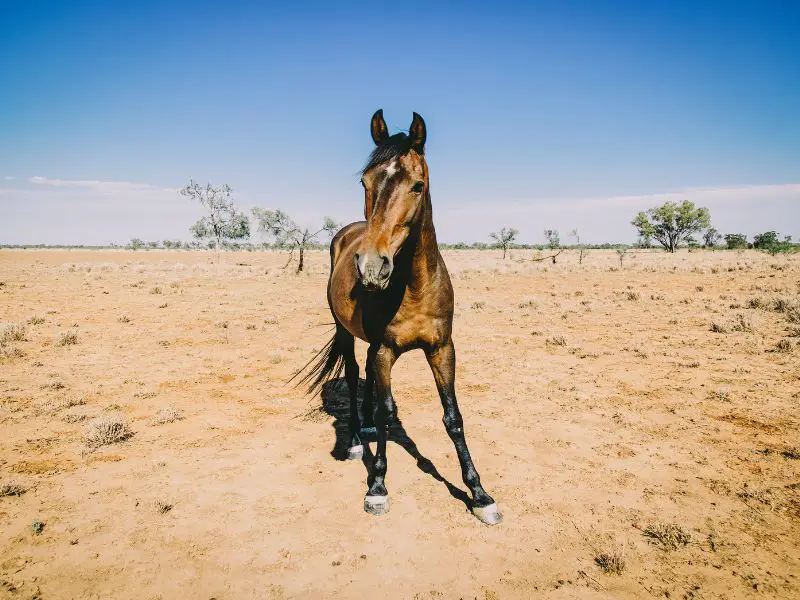
2. Cane Toad
Cane toads have always lived in different regions of the Americas. They are highly resilient and ferocious hunters of insects and other small species.
These attributes have great potential in Australia to manage pest beetles in the sugar cane crop in 1935 before agricultural herbicides became widespread. But it backfired, and they continue to alter the ecosystems, causing destruction.
Cane toads can poison animals that attempt to consume them, and with this trait, they continue to expand across Australia.
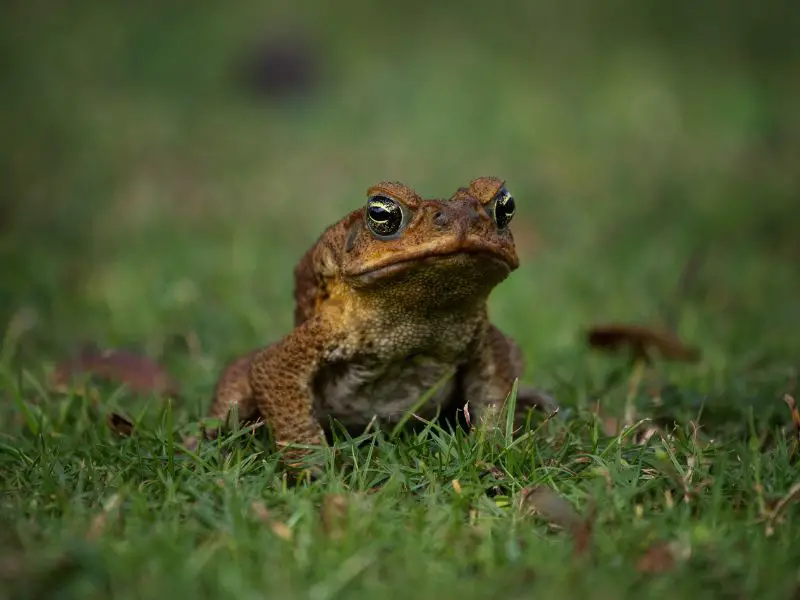
3. Dromedary Camel
Australia is the only nation with wild herds of camels – the most populous of animals. It was initially imported from British India and Afghanistan in 1840 for transportation and building purposes.
By consuming more than 80% of the plant species accessible to them, feral camels degrade the surrounding ecology, cultural sites, and salt lake ecosystems.
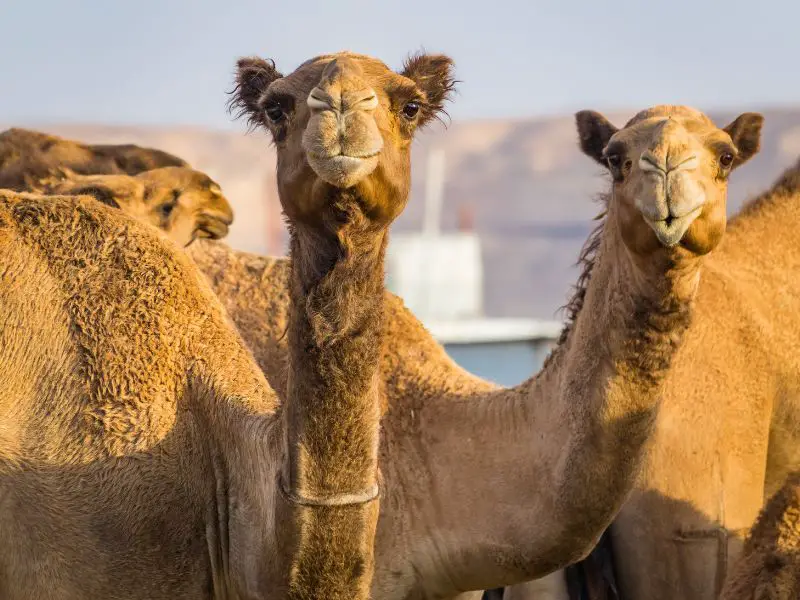
4. European Honey Bee
The European honey bee (Apis mellifera) is an invasive species that arrived in Australia approximately 180 years ago. Early immigrants used honey bees to pollinate plants for sustenance, which they once did by hand.
Honey bees are now bred for food and honey production. Still, feral bees have become a growing danger to native hollow-dwelling wildlife, notably black cockatoos, by competing for hollows and potentially also for nectar.
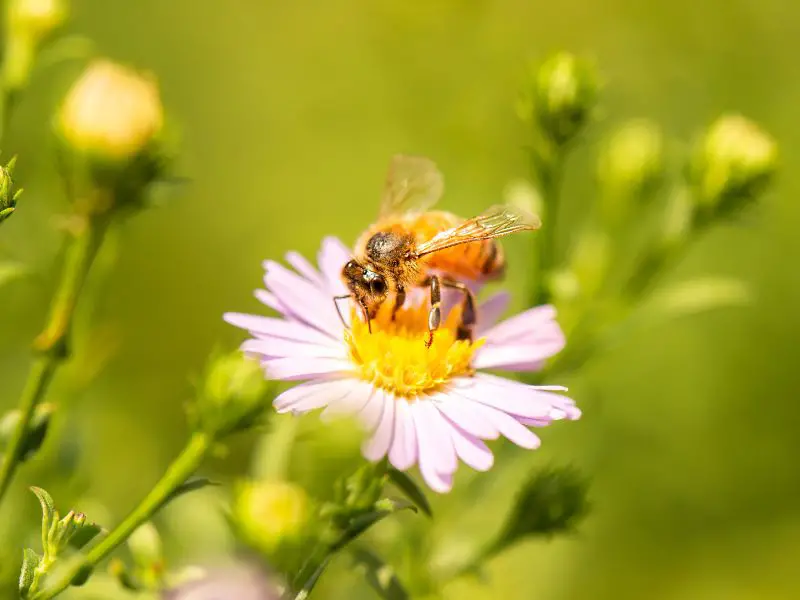
5. European Rabbit
European rabbits are Australia’s most pervasive and damaging mammals in terms of agriculture and the environment.
The rabbit’s pace of expansion in Australia was been the quickest of any colonizing animal elsewhere in the world, having arrived in the First Fleet and then been purposely released for hunting in the 1800s.
Rabbits feed on indigenous and imported plants, crops, and pastures. Grazing delays the regeneration of seedlings and diminishes agricultural yields. Rabbits harm natural flora and directly compete for food and shelter with local species. Their digging and browsing result in the loss of plant cover, which causes slope instability and soil erosion.
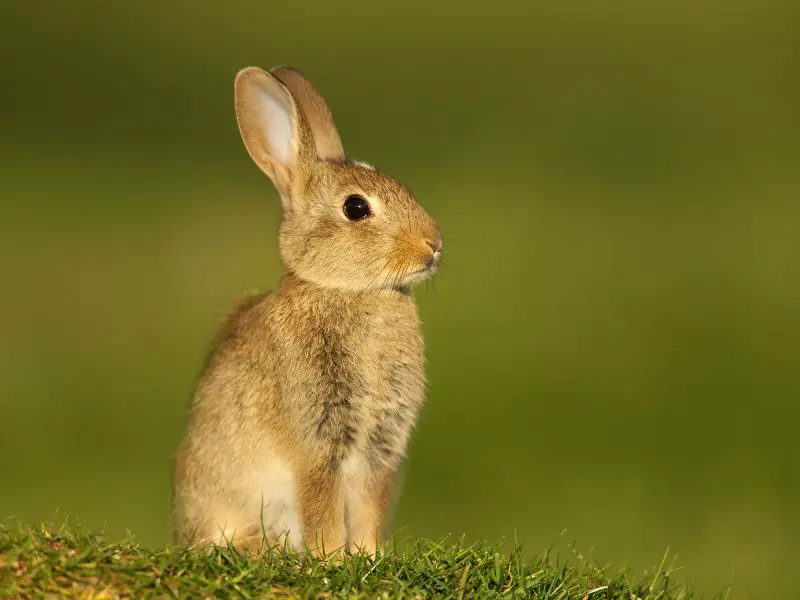
6. Feral Cats
Since they are not indigenous to Australia and were only brought as pets by colonists in the early 1800s, native Australian animals have not co-evolved with them. Australia is home to around 3.8 million domestic cats and up to 6.3 million wild cats as of 2016.
These feral cats endanger the existence of over 100 native species in Australia. Due to their enhanced predation, some ground-dwelling birds and small to medium-sized animals have become extinct. They are a significant factor in losing several land-based endangered species, including the bilby, bandicoot, bettong, and numbat.
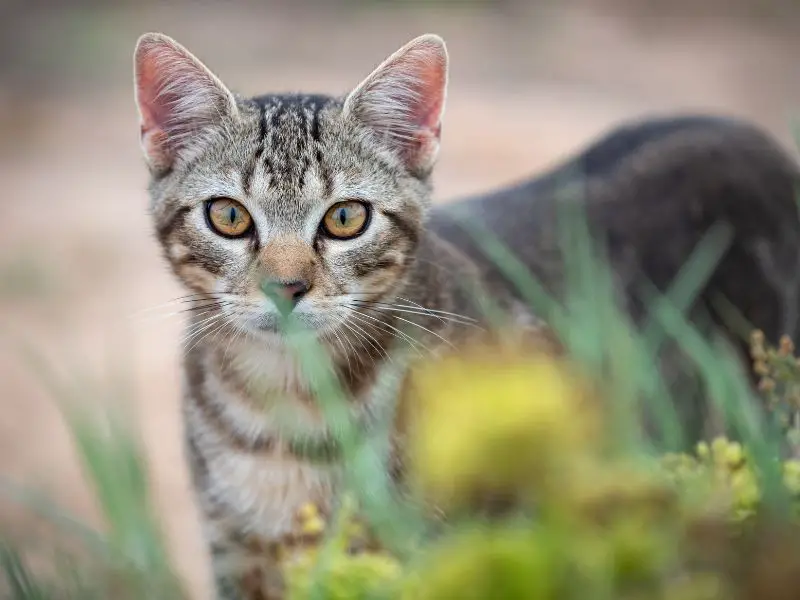
7. Phytophthora Plant Disease
The plant disease known as phytophthora dieback mainly affects flora in their natural environments. Phytophthora cinnamomi, the primary species responsible, is a tiny soil-borne bacterium that was likely brought to Western Australia in the early 1900s on diseased horticulture plants. This plant pathogen is highly contagious, meaning it may quickly wipe out an entire plant population and force animals to find new homes.
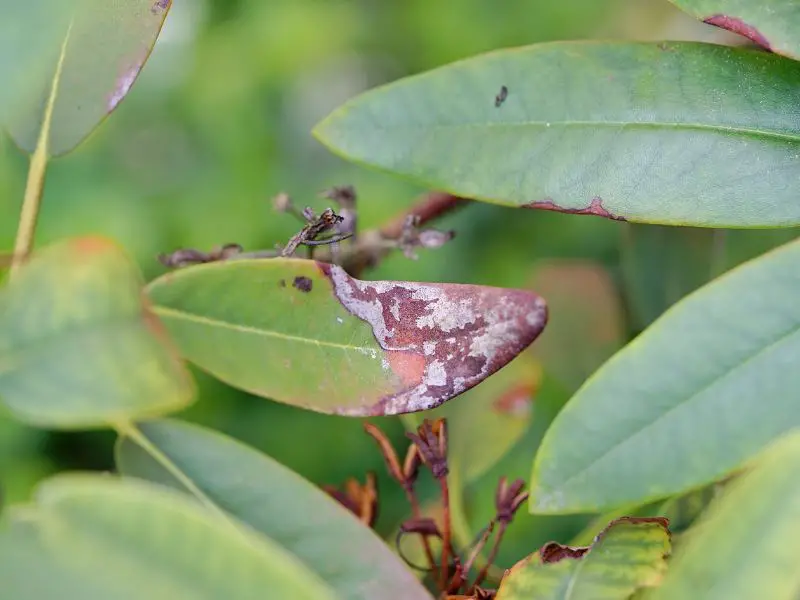
Bottom Line
Australia, especially New South Wales, has had a problem with invasive species since the British first began to settle there. Invasive species have become so adapted to their environment that stopping them from expanding their territory has proved to be very challenging.
Invasive species not only destroy our natural environment but also cause immediate harm to humans because they are a direct threat to the already delicate ecological balance. And if Australia doesn’t implement further measures to fight invasive species like rabbits or cane toads, this can have a huge toll on both its agriculture and ecology.
Related: Invasive Species in California, What Is Biodiversity, Easiest Vegetables to Grow

